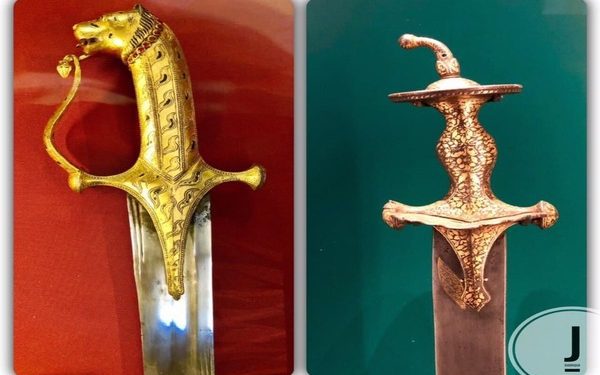
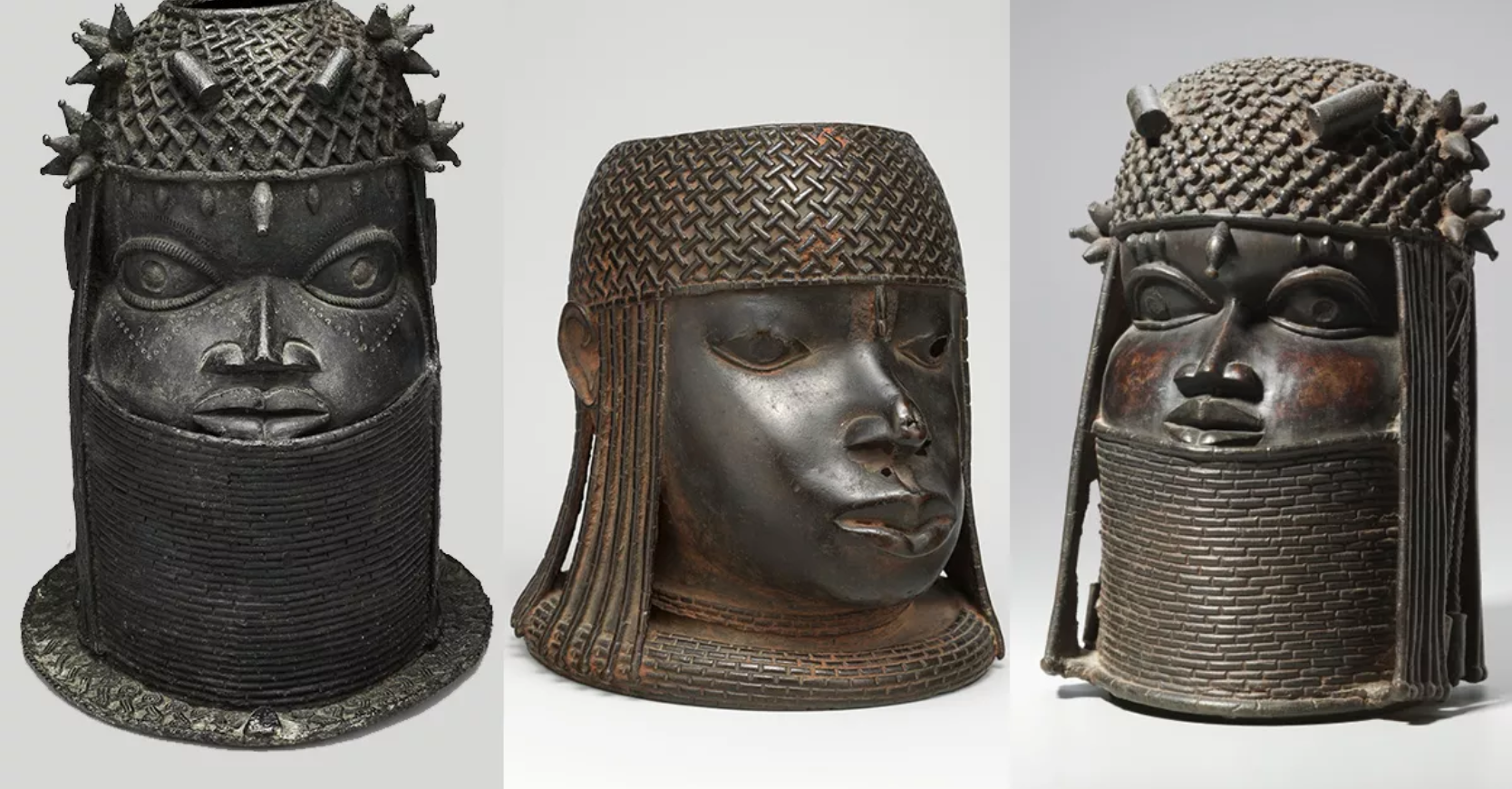
These artefacts represent way more than just historical objects.
The British Empire, at its height, was one of the largest and most powerful empires in history, controlling vast territories and people across the globe.
During its colonial rule, many cultural artefacts were taken from the nations it occupied, often without consent or compensation. These artefacts, which hold deep historical and cultural significance, are now housed in museums and private collections around the world, with a significant number of them displayed in British institutions.
For decades, countries affected by colonialism have called for the return of these treasures, seeking to reclaim their cultural heritage. Here, we explore 10 priceless cultural artefacts taken by the British Empire.
1. The Benin Bronzes (Nigeria)
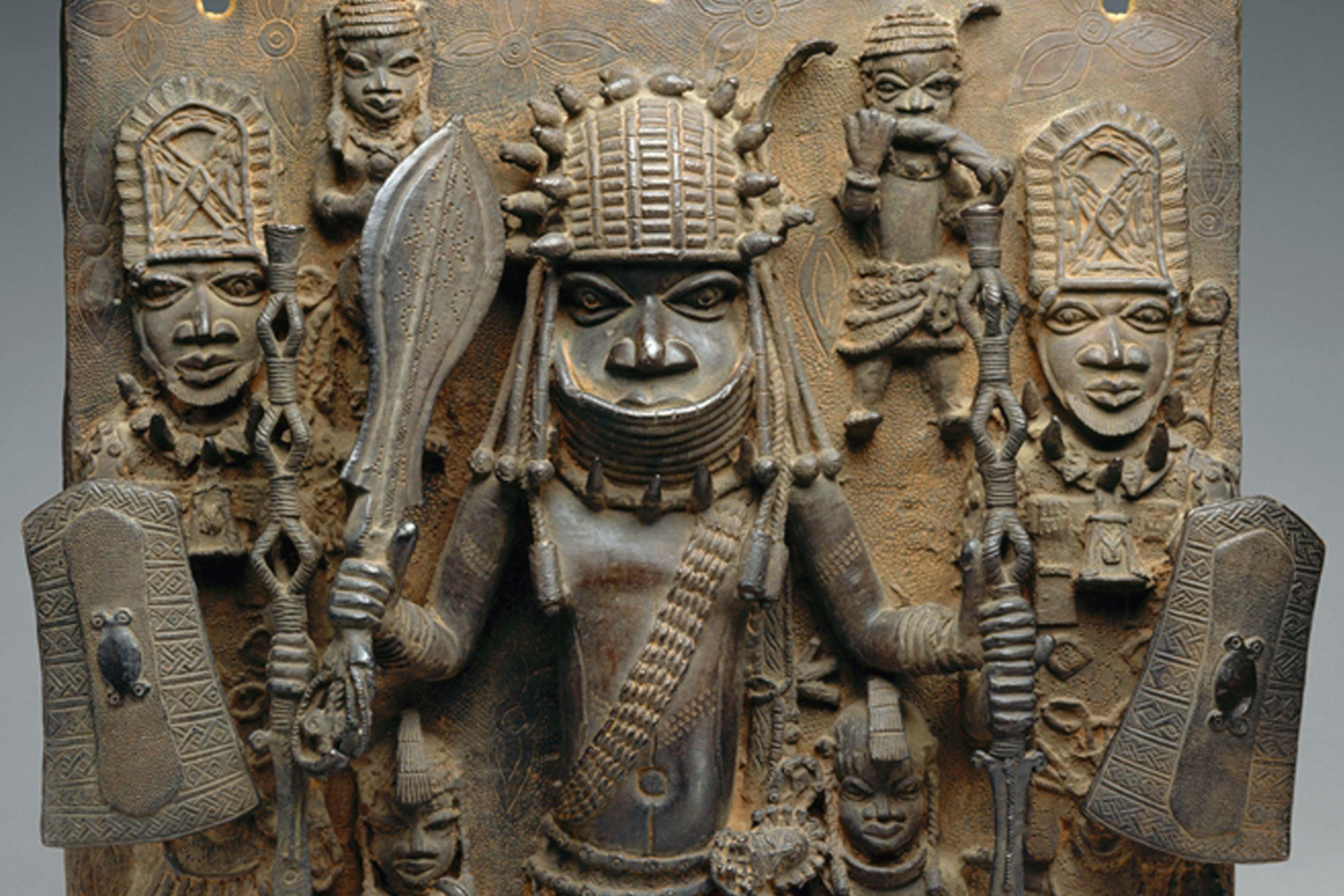
The Benin Bronzes are a collection of over a thousand plaques and sculptures made from brass and bronze, taken from the Kingdom of Benin (now Nigeria) in 1897. The British military looted these artefacts during a punitive expedition, and they are now scattered across museums around the world, including the British Museum.
2. The Parthenon Marbles (Greece)
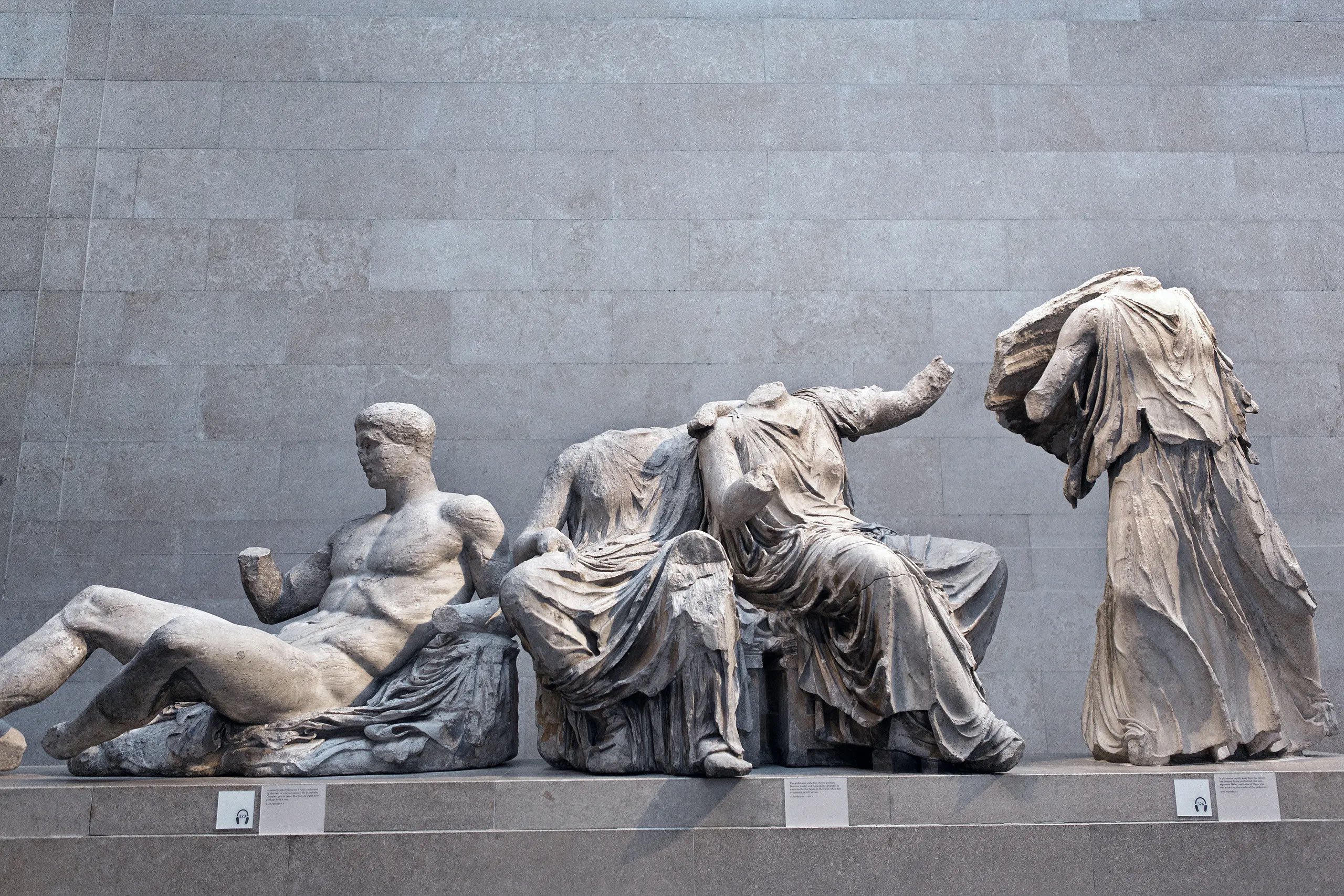
Also known as the Elgin Marbles, these classical Greek marble sculptures were removed from the Parthenon in Athens by Lord Elgin in the early 19th century. Greece has long demanded their return, arguing that the marbles are integral to their national heritage, yet they remain in the British Museum.
3. The Rosetta Stone (Egypt)
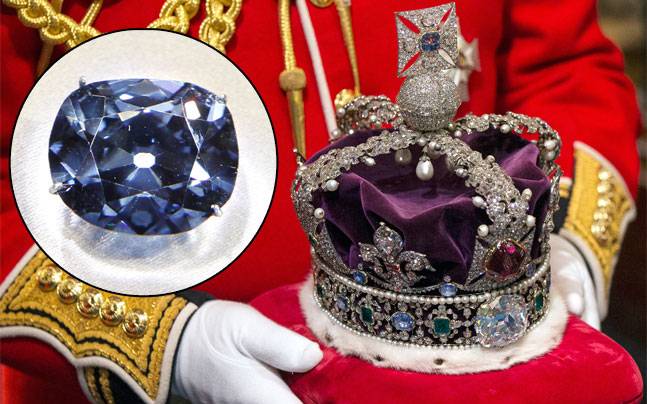
Discovered in Egypt in 1799, the Rosetta Stone was crucial in deciphering Egyptian hieroglyphs. After the British defeated the French in Egypt, they took possession of the artefact. Despite calls for its return, the stone has been kept in the British Museum since 1802.
4. The Koh-i-Noor diamond (India)
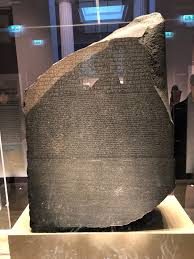
One of the largest diamonds in the world, the Koh-i-Noor was taken from India in the mid-19th century and eventually became part of the British Crown Jewels. India has repeatedly asked for the diamond’s return, but it remains a symbol of British colonialism.
5. The Maqdala treasures (Ethiopia)
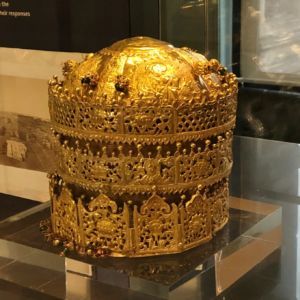
Looted from Ethiopia’s Maqdala fortress in 1868, these treasures include manuscripts, crowns, and religious items. Despite Ethiopia’s requests, the items are still held in various British museums.
6. The Sultanganj Buddha (India)
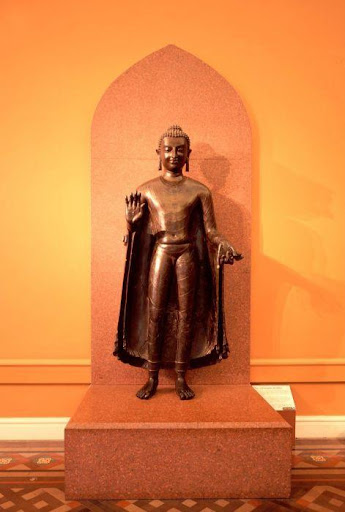
The Sultanganj Buddha, a massive bronze statue from the 6th century, was taken by British colonial authorities in India and is now displayed in the Birmingham Museum.
7. The Amarna Tablets (Egypt)
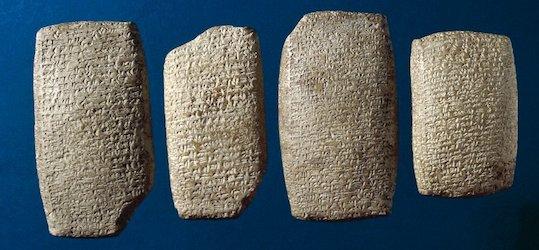
These ancient clay tablets, which provide insight into the diplomatic relations of ancient Egypt, were taken during the British exploration of Egypt and now reside in various museums, including the British Museum.
8. The Ashanti Gold (Ghana)
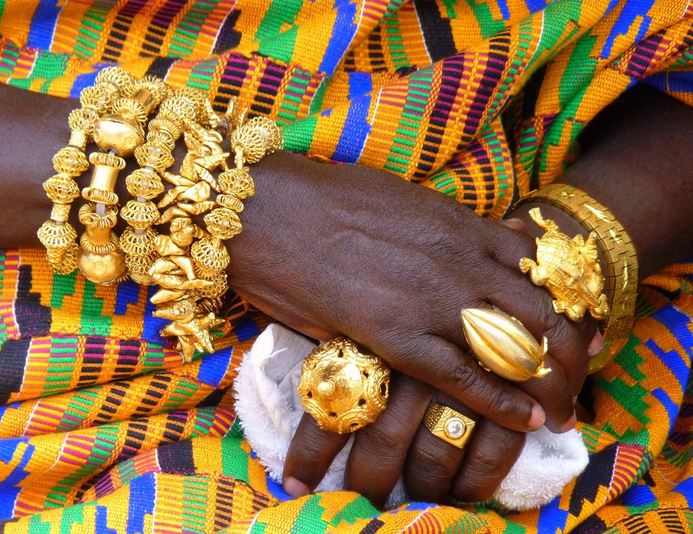
During the Anglo-Ashanti wars, British forces seized large amounts of gold from the Ashanti people in modern-day Ghana. Many of these gold artefacts remain in British museums, despite Ghana's ongoing efforts for their return.
9. The Tasmanian Aboriginal Artifacts (Australia)

British colonists collected a range of sacred artefacts from the Aboriginal Tasmanians during the 19th century. These items were essential to the spiritual practices of the Indigenous people but are still in British collections today.
10. The Tipu Sultan’s Sword (India)

Tipu Sultan, the ruler of Mysore, was a prominent figure in resisting British colonial expansion. After his defeat in 1799, British forces looted his possessions, including his famous sword, which is now in the UK.
ALSO READ: These are famous historical African artifacts stolen during colonialism
This content was created with the help of an AI model and verified by the writer.
Read Full Story



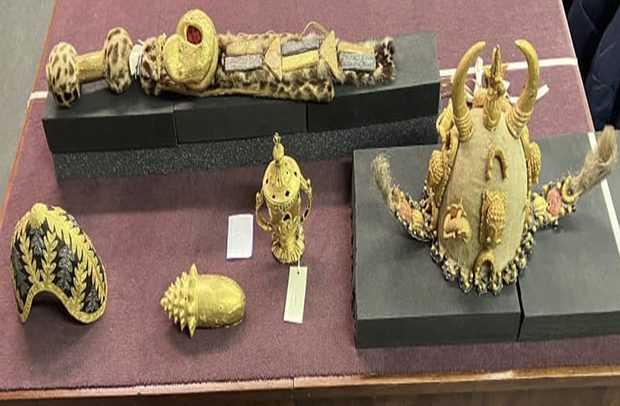


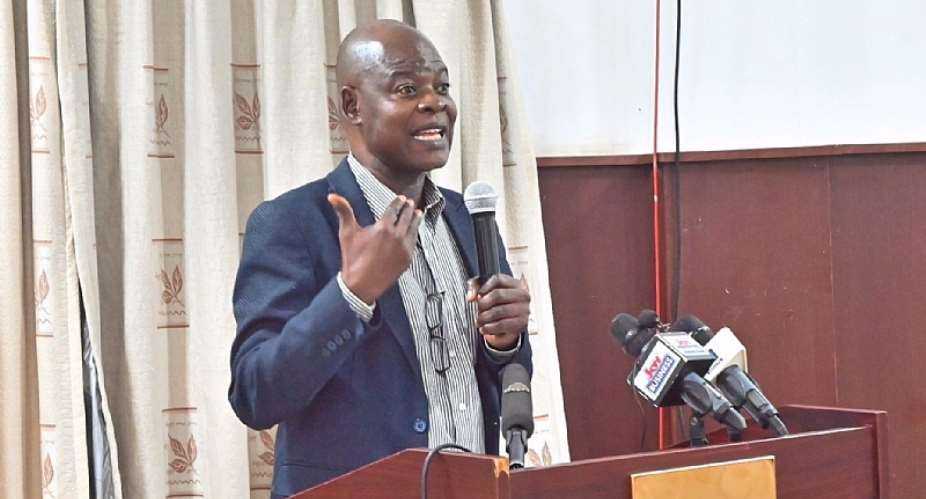















Facebook
Twitter
Pinterest
Instagram
Google+
YouTube
LinkedIn
RSS